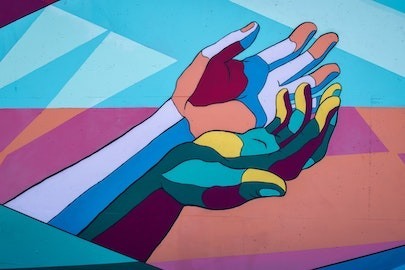A network of support

There exists an intricate network of support services that young people can tap should the need arise.
But few are engineered to address the specific issues that LGBTQ+ youths face.
For instance, there are homeless shelters for young people all over the country, but most cater to the population in general, even though LGBTQ+ youths constitute about 40 percent of the individuals they serve, according to the “Serving Our Youth” report from The Williams Institute (Durso, 2012).
A lack of funding compounds the problem, forcing organizations to do a lot with a little.
But a simple focus on the main cause of strife for LGBTQ+ youths could change everything. Research shows that family rejection is the biggest factor contributing to the homelessness of LGBTQ+ youths, and yet 40 percent of organizations that serve homeless LGBTQ+ youths don’t have programs in place to address that. Homeless organizations aren’t alone in their avoidance of the issue, and according to a study from the Family Acceptance Project, programming that tackles family head on is critical to serving this population well — in all aspects of their life.
Featured Content
Read more about how organizations can adapt to provide more support for LGBTQ+ youths, especially when it comes to improving family dynamics and creating more supportive home environments.
References:
Durso, L. E., & Gates, G. J. (2012, July). Serving our youth: Findings from a national survey of service providers working with lesbian, gay, bisexual and transgender youth who are homeless or at risk of becoming homeless. Williams Institute, UCLA School of Law. https://williamsinstitute.law.ucla.edu/publications/serving-our-youth-lgbtq/
